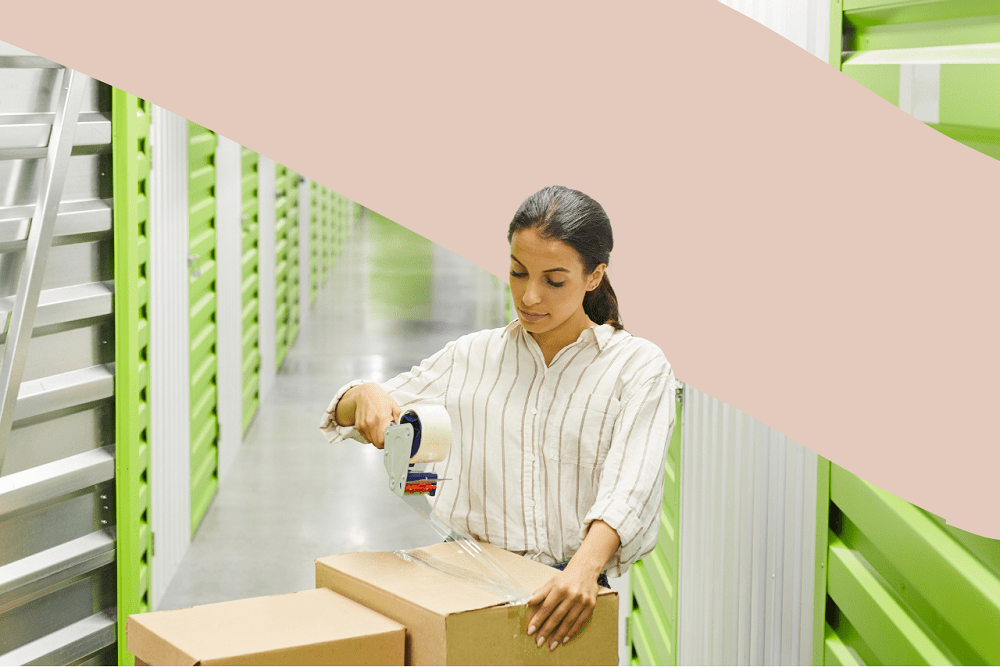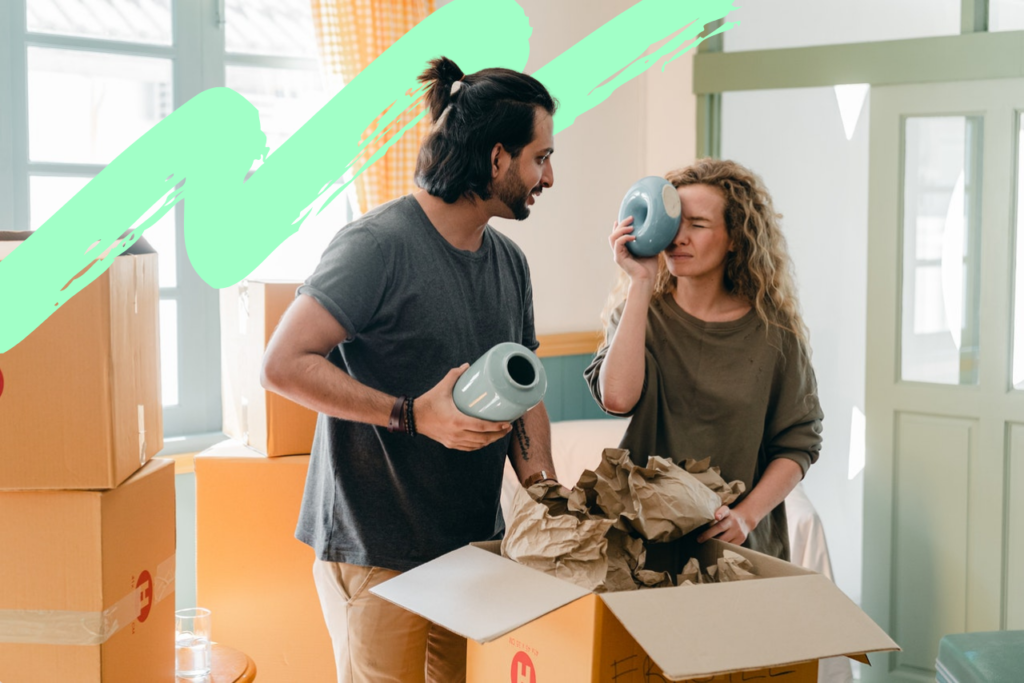Tips for self-storage? Yep, we know what you’re thinking; this really is scraping the bottom of the securely-stored, 24-hour monitored barrel for content…
But when you think about it, and unless you’ve previously availed yourself of such storage services, would you know exactly how the process works? How much it might cost? How best to approach a company to get the most bang from your buck and ensure your ‘stuff’ remains safe?
We thought not…
To save you from such presumptuous embarrassment when you do need to use these services, we’ve spoken to one of the team behind the popular Lovespace self-storage solution, who know the industry inside and out.
Without judgment, if you’re new to the world of self storage and aren’t totally sure how it all works (and what to expect), there are a few common mistakes to avoid if you want to make the most of your new space.
To help you hit the ground running and start using your unit the right way, here are 7 expert tips on getting the most from your self-storage unit.
Declutter First
This first tip is an important one – because it actually applies before you even get the keys to your storage unit. That’s right: before you even go to the storage facility to drop off your stuff, make sure you’ve thoroughly sorted through your belongings and gotten rid of the stuff you don’t need.
There’s no point in paying for a large storage unit only to stuff it full of things you don’t really want, after all. It’s much better to store only the things you genuinely want to keep, and get rid of what you don’t.
If the prospect of being ruthless and throwing out half of your life gives you the fear, then you might find solace in these tips on decluttering like a pro, by the way.

Organise, Organise, Organise…
Decluttering, done and dusted (yes, that’s the sound of us dusting our hands off triumphantly), now it’s time to tackle the organisation of your unit.
When you move your worldly possessions into your unit for the first time, there’s one thing above all else you need to be focusing on: self storage organisation. What use is a jam-packed storage unit if the stuff you regularly need access to is buried under a mountain of other, less frequently used objects? If you don’t organise everything properly from the get-go, you’ll soon be tearing your hair out when you go to retrieve items!
We’d recommend placing your items in clear boxes if you can, and labelling each one with clarity and efficiency so you know exactly what’s inside. Think carefully about how you stack boxes so that the most important items are easily accessible, or consider adding shelving units to make life easier. Don’t forget to leave a walkway through the middle, too.
Package Carefully
Planning on storing delicate items like paperwork, collectibles, or particularly-prized clothing? It’s important to consider how you pack everything to keep damp, mould, and pests at bay – a storage unit can only do so much, after all.
Different items require different approaches, so do a little research before boxing everything up or speak to the experts at your local storage facility; they’ll be able to advise you on the most appropriate way to pack items to keep them safe.
Keep Everything Safe
Now that you’ve organised and packed all your stuff into your unit, it’s time to secure it! Somewhat surprisingly to storage newcomers, you have to provide your own padlock to lock your unit (nope, the doors don’t magically snap tightly shut, only to be unlocked again at the click of your fingers at a later date!).
Most storage facilities will be able to sell you a padlock, or you can supply your own. Either way, make sure you choose a robust, secure design to keep your items safe from unscrupulous individuals. Most choose disc locks for their reliability and impenetrability, though closed-shackle padlocks and cylinder locks are also popular.
Take Out Insurance
Last but definitely not least, storage unit insurance. It’s a topic few of us enjoy talking about, but it’s a must if you have valuable items in your storage unit. Although it’s very unlikely that anything will happen to them, you never know – so it’s vital you cover everything just in case. Most storage providers will be able to arrange cover for you, but just check that the policy covers everything you need it to. If it doesn’t, we’d advise arranging your own cover.

Climate Control Considerations
If you’re storing items that are sensitive to temperature and humidity, such as electronics, artwork, or antique furniture, you might want to consider a climate-controlled unit. These units maintain a consistent environment, protecting your valuables from extreme temperatures and moisture, which can cause damage over time. Speak to your storage provider about the options available and whether a climate-controlled unit is right for your needs.
Regularly Check On Your Unit
Even though your items are safely stored away, it’s a good idea to visit your unit periodically to check on their condition. This allows you to spot any potential issues early, such as signs of dampness, pests, or damage. Regular visits also give you the opportunity to reorganise and ensure that everything remains in good order, making it easier to find and access your belongings when needed.
The Bottom Line
We hope those pro tips help you navigate the world of self storage. Heed our advice and you should be able to get your unit organised and take full advantage of it in no time! Just make sure you choose a reputable provider with good reviews and shop around to get the best deal you can find – it’ll be worth your while in the long run.
While we’ve got your attention, and assuming you’re in the process of moving, check out these tips on how to manage the mounting costs of moving house.





